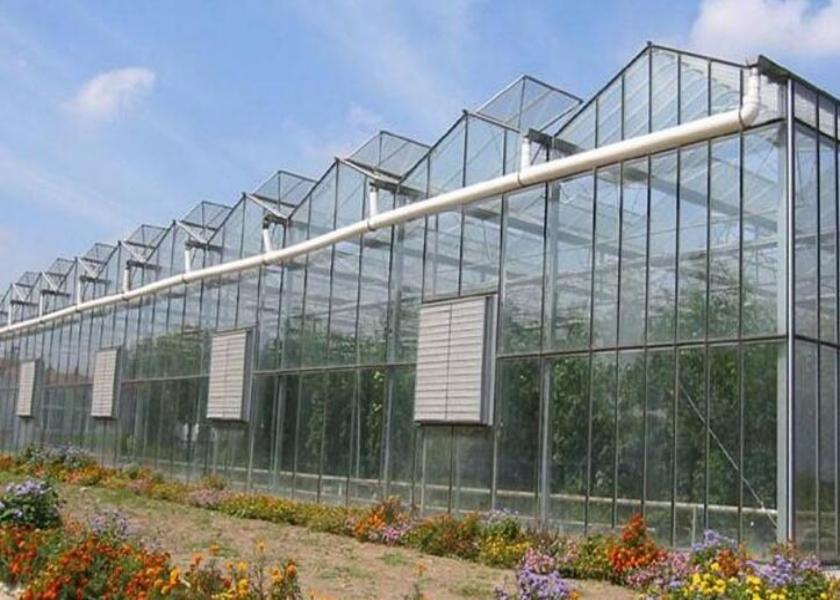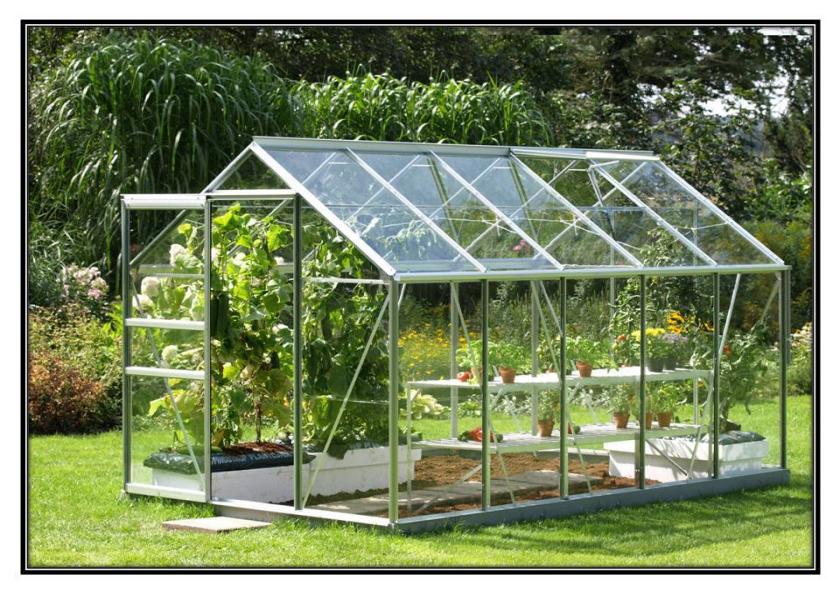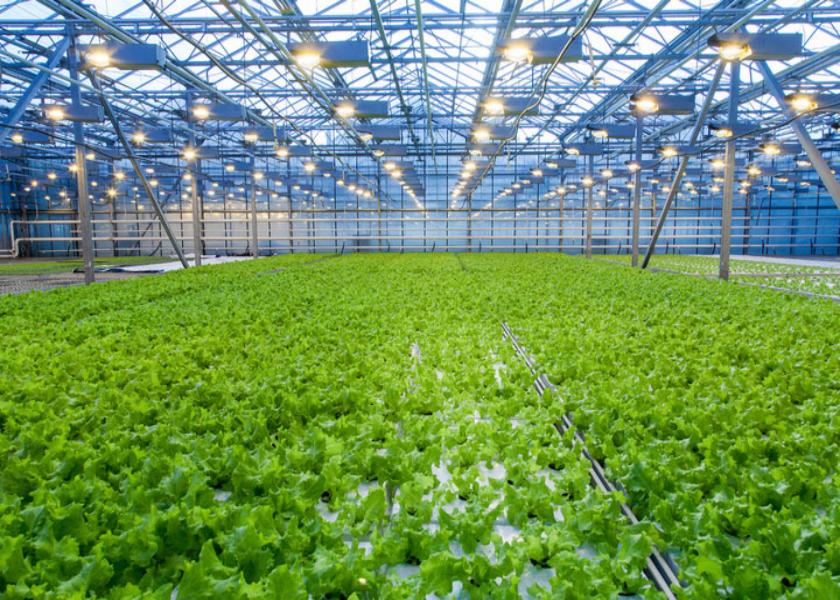Climate-smart greenhouse
How SMART Greenhouses are modernising farming in the tropical climate
With an abundance of sun and heat all year round, tropical weather is ideal for growing a wide range of crops. However, this climate creates a different set of concerns for farmers: damage of crops and flooding due to excessive rainfall, harsh sunlight, rapid evaporation, as well as a multitude of pest species.
A well-designed greenhouse can easily address these issues with the integration of new material technology and IoT systems into their operations. Farmers can thus grow their crops in an ideal SMART Greenhouse with enhanced environment control, data collection and analysis and automation processes that maximise crop yield.
Here are some reasons why SMART Greenhouses are the future of farming in the tropics:
1. Protection against external environmental factors
Climate-smart greenhouse
First and foremost, the greenhouse structure must provide protection from heavy rain, strong winds and pest damage. This reduces damage to crops during frequent tropical storms, as well as removes the need for insecticides. Furthermore, as sunlight might be too intense for some crops, shading can also be provided by the greenhouse.
2. Efficient resource consumption
Unlike indoor farms, greenhouses maintain access to natural sunlight, which reduces energy consumption for lighting. Additionally, water consumption can be more easily controlled, as shading reduces the rate of evaporation, and rainwater can be harvested from the roof to be reused for watering. This cuts down on additional resource input and reduces the farm’s operational costs.
3. Flexible environmental control
Climate-smart greenhouse
The environmental requirements within each greenhouse are dependent on the species and stage of growth of the crops. With the introduction of both indoor and outdoor sensors, the greenhouse environment can be programmed to respond to fluctuating weather conditions to cater to the plants’ needs automatically. This can be through automated ventilation, misting or retractable shading systems. An additional benefit of this system would be that this provides farmers the flexibility for experimentation with variety of crops and setups.
4. Data-driven farming
An abundance of data and analytics allow farmers to make the best decisions with regards to watering, fertilising and climate control in order to best optimise their yield. Data collection and analysis is vital in illustrating trends in growth; excellent harvests can be replicated more often and bad harvests can be avoided in the future.
Climate-smart greenhouse
5. Reduced manpower
The automation of daily farming activities frees up manpower, which can then be focused on research and development works to improve crop growth. Farmers can receive alerts from the sensors and monitoring system, and can even operate the greenhouse in real time based on the received data.
Climate-smart greenhouse
6. Optimised energy consumption
To further cut down on operational costs, smart greenhouse systems can also be integrated with renewable energy sources such as photovoltaics. The design of the greenhouse and the inclusion of new technologies are key factors in ensuring that energy-intensive activities such as cooling have maximised efficiency.






